Tree Tree Tree Person – Taroko Arts Residency Project IV: Family Tree – Preface
Pssli Gmaaw qmpringan smluhay klgan knkla quri dgiyaq 2020 hngkawas.《seejiq mqdgiyaq-miniq dgiyaq alang truku IV》kikuyuh alnag nii ka mseupu lmnglung qpahun nii.2020 hngkawas mseupu smmalu 歐靜雲ni kikuyuh mniq alang dgiyaq,muda lmnglung mqpah qpahun nii o,splawa dha ka kikuyuh rmisuh matas sapah nniqan dha nanak,spowda na rnsuhan dha nii rmawah pnegluban seejiq ni dxgal.paah rsuhan nii du steura dha ka pnegluban hiya nanak ni dxgal.lmutut qpahun dxgal ta nanak ni empseupu ta qmeepah klgan knkla qmpah uuda nii. 2020 hngkawas 10 idas,smruwa pstmay qpahun quri slhayan klgan knkla nii miyah mgspung ddayaw dha qpahun swa nii,spngan dha o tru seejiq ka srwaan dha pstmay alang mnkuung ni.smpngan jiyas o bitaq 2020 hngkawas 1 idas 7 jiyax 24:00,nhdaan nii o pssli kikuyuh alang dgiyaq nii ni pgkla dhiyaan.nasi saw wada muda ka qpahan nii dga,niqan ka dnayaw niya, 1 idas ka tnqiyan,snhlayan,uuqun dha ni ptura dha duri pgkla.
*Taroko translation was assisted by Ms. Nac Hijiyu and Ms. Yaya Huwat.
___Tree Tree Tree Person – Taroko Arts Residency Project IV still invites the Taroko women to serve as curatorial team responsible for the theme concept and final review of the open call. In 2020, the mountain residency is focus on the landscape in Family Tree: Preface, a collective creation made by tribal women. In the project of Family Tree, artist Jing-Yun Ou invited the tribal women to draw the scenery and the memory of their home on the mountain. Through the collective painting, it shows the desire and the identity of the local community for their land, and the imagination of the relationship between nature and art in their traditional field. The time of the program is expected to be in July 2020. The contemporary art workers and community workers are welcome to apply. The open call will end at 2020/01/07 24:00, and the results will be individually notified after the final review. Three projects will be invited and will be provided one month of living expense, research fee, accommodation space and the opportunity of showcase.
Residency Project
Family Crest – Woman Art Circle, Ko-Hsin Yu
The concept of the project is to create a tribal women’s art circle, which would be a process of sharing, inspiring, and creating from each member’s memories about family. We expect to use the traditional woman craft skill, cross stitch, to create a unique symbol- “Family-Crest” for each member represent family history. The symbol could be applied as the decoration or protecting amulet and pass on in the family.
A Tree’s Insides and Outsides., Candice Jee
In 2020, my garden project wishes to research further about how the Dali-Datong Truku people live with plants in their dwellings on the mountain. Through gardening with Truku family, I would like to document her knowledge and life with plants, possibly producing a series of drawings incorporating the organic material of our gardening. This would extend my engagement with one particular family to another in the community, extending the idea of the ‘family tree’. Within our exchange, there is the possibility to plan a garden at the previous site of Datong, and talk about what an imagination of that garden could be.
Truku People’s Back to Home Project 1: Si Mu Ke , Cheng-Te Chin
For the people of Bsngan in Taroko, going home means going up the mountain to Sakadang. Then, with the history of more than three hundred years of migration and development in the Liwuxi River Basin for Truku community, is it possible to go back to their older homeland? Therefore, my plan is to collaborate with the young and middle-aged Truku people to rediscover the way back to their ancestral hometown of Si Mu Ke and set up a monument for their migratory pedigree in the history.
The Food, Liang-Yu Liu
Tribal women live back and forth on the mountain and down the mountain, and it forms a unique rhythm of life. I am curious about what they like or not like to eat? What food do they like to cook? And how to cook these foods? What did they eat when they were young? I hope to understand the relationship between tribal women and food, and food-related memories.
About the Resident Researchers
Ko-Hsin Yu
Engaged in contemporary fiber art and painting creation. Mainly presented in the style of “symbol narrative”, from the usual sketches, slowly accumulate metaphorical symbols belonging to self. These symbols are presented with ink stains, paint, or needlework. Let emotions and kinetic energy develop automatically during the creation process, forming a landscape where the inner and outer worlds overlap.
Candice Jee
An artist born in Perth, Australia of Malaysian Hakka descent, and currently based in Taipei. Her work investigates processes of displacement, movement and rearrangement as part of cultural identification. This generates various outcomes, in installations often consisting of sculpture, sound, architectural interventions, and living organisms (such as plants, soil and worms.) Constantly shifting materials and meanings echo the in-betweenness and accommodation of diaspora/migrant experience.
Cheng-Te Chin
Friends call him “A-de”, and he was also a key figure in the historical event of the Department of Fine Art in the Chinese Culture University. During this period, he and his classmates established the studio “Grass Arts Academy”. The studio at present continues their practice of producing postcards, printed with traditional images found within Taiwan’s historical documents. Apart from his collection of Taiwan’s historical documentation, he developed his artistic methodology through geographical fieldwork techniques. Though the action of erecting stones in the field, his artistic project reveals important elements of historical events that Taiwanese people tend to ignore.
Liang-Yu Liu
A Hakka from Taitung. She studied and worked in the north for more than 10 years, tired of the life in urban, and determined to return to the east. She is the woman who abandoned the architectural training to learning anthropology, but then took up the paintbrushes, and then found the soul in her delicate creation.
Curatorial Team|Bnu Panasg, Chumay Haloshi, Icyang Pasang, Iyeiku Rikaw, Loqip Mulang, Nac Hijiyu, Simat Qurang, Yaya Huwat, Yuri Pasang
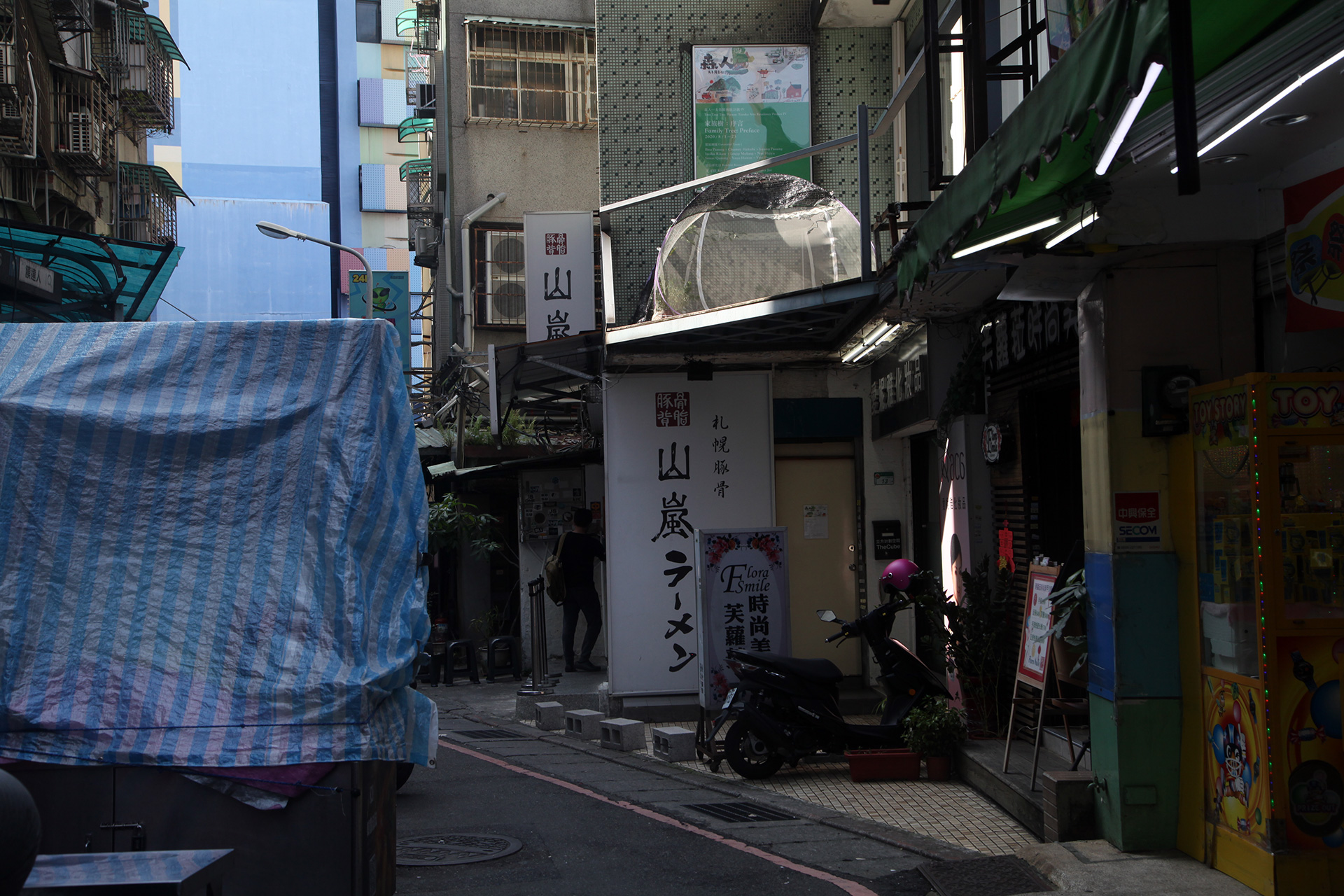
Tree Tree Tree Person – Taroko Arts Residency Project IV: Family Tree – Preface
Tree Tree Tree Person – Taroko Arts Residency Project IV: Family Tree – Preface

Tree Tree Tree Person – Taroko Arts Residency Project IV: Family Tree – Preface
Tree Tree Tree Person – Taroko Arts Residency Project IV: Family Tree – Preface

The Food, Liang-Yu Liu
The Food, Liang-Yu Liu

The Food, Liang-Yu Liu
The Food, Liang-Yu Liu

The Food, Liang-Yu Liu
The Food, Liang-Yu Liu

The Food, Liang-Yu Liu
The Food, Liang-Yu Liu

The Food, Liang-Yu Liu
The Food, Liang-Yu Liu

The Food, Liang-Yu Liu
The Food, Liang-Yu Liu

The Food, Liang-Yu Liu
The Food, Liang-Yu Liu
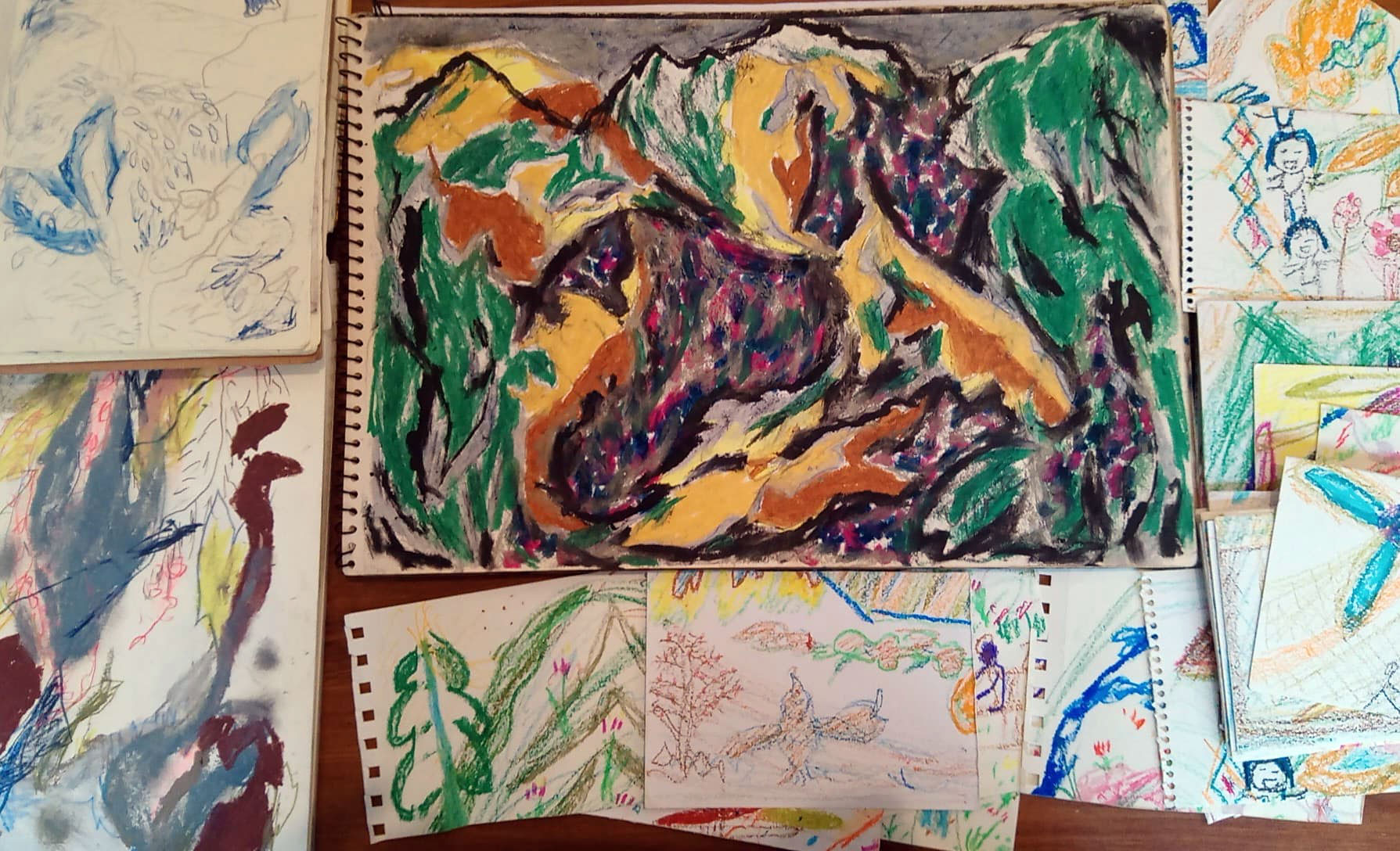
Family Crest – Woman Art Circle, Ko-Hsin Yu
Family Crest – Woman Art Circle, Ko-Hsin Yu

Family Crest – Woman Art Circle, Ko-Hsin Yu
Family Crest – Woman Art Circle, Ko-Hsin Yu

Family Crest – Woman Art Circle, Ko-Hsin Yu
Family Crest – Woman Art Circle, Ko-Hsin Yu

Family Crest – Woman Art Circle, Ko-Hsin Yu
Family Crest – Woman Art Circle, Ko-Hsin Yu

Family Crest – Woman Art Circle, Ko-Hsin Yu
Family Crest – Woman Art Circle, Ko-Hsin Yu

Family Crest – Woman Art Circle, Ko-Hsin Yu
Family Crest – Woman Art Circle, Ko-Hsin Yu

Family Crest – Woman Art Circle, Ko-Hsin Yu
Family Crest – Woman Art Circle, Ko-Hsin Yu

Family Crest – Woman Art Circle, Ko-Hsin Yu
Family Crest – Woman Art Circle, Ko-Hsin Yu

Truku People’s Back to Home Project 1: Si Mu Ke , Cheng-Te Chin
Truku People’s Back to Home Project 1: Si Mu Ke , Cheng-Te Chin

Truku People’s Back to Home Project 1: Si Mu Ke , Cheng-Te Chin
Truku People’s Back to Home Project 1: Si Mu Ke , Cheng-Te Chin

Truku People’s Back to Home Project 1: Si Mu Ke , Cheng-Te Chin
Truku People’s Back to Home Project 1: Si Mu Ke , Cheng-Te Chin

Truku People’s Back to Home Project 1: Si Mu Ke , Cheng-Te Chin
Truku People’s Back to Home Project 1: Si Mu Ke , Cheng-Te Chin

Truku People’s Back to Home Project 1: Si Mu Ke , Cheng-Te Chin
Truku People’s Back to Home Project 1: Si Mu Ke , Cheng-Te Chin

Truku People’s Back to Home Project 1: Si Mu Ke , Cheng-Te Chin
Truku People’s Back to Home Project 1: Si Mu Ke , Cheng-Te Chin
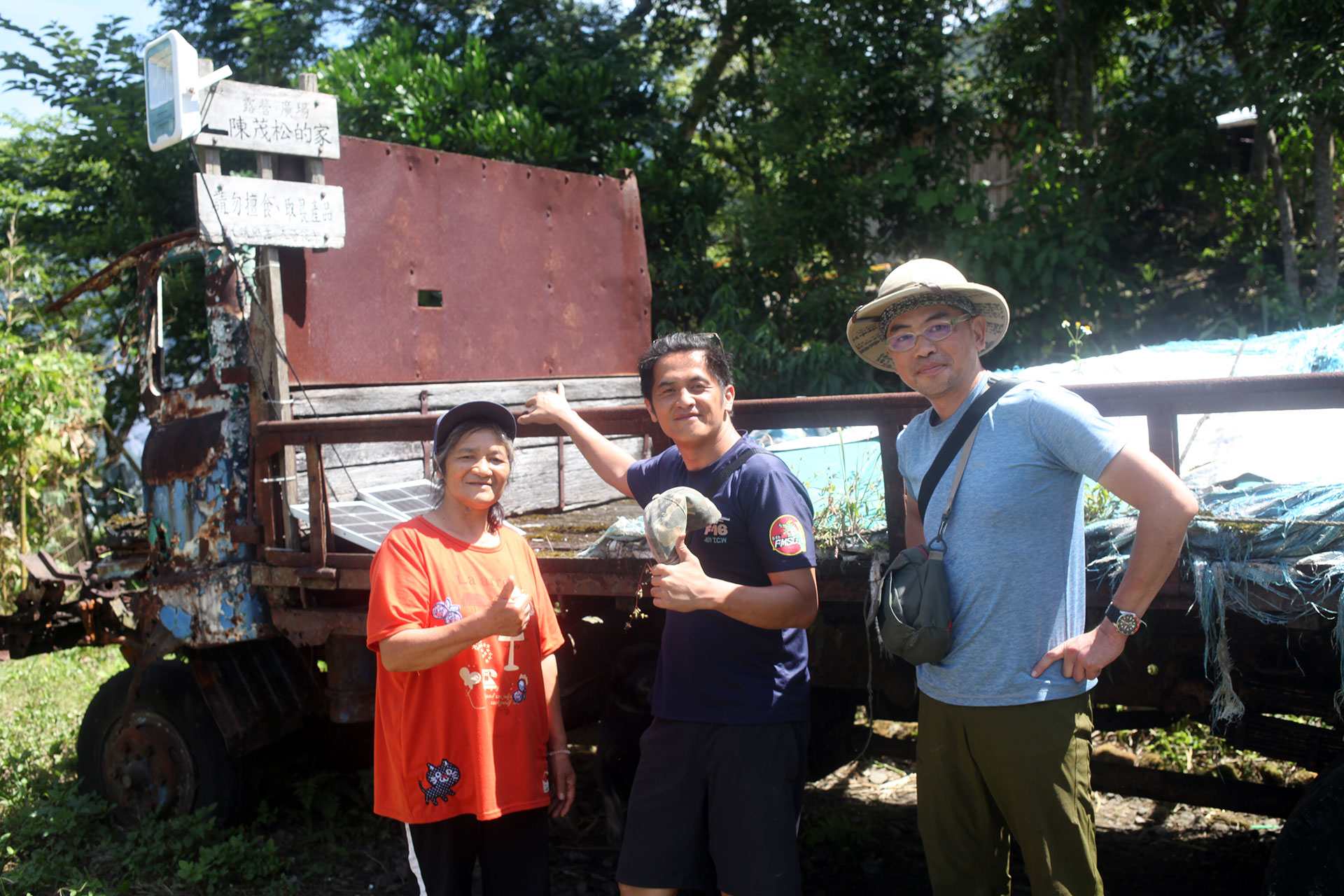
Truku People’s Back to Home Project 1: Si Mu Ke , Cheng-Te Chin
Truku People’s Back to Home Project 1: Si Mu Ke , Cheng-Te Chin

Truku People’s Back to Home Project 1: Si Mu Ke , Cheng-Te Chin
Truku People’s Back to Home Project 1: Si Mu Ke , Cheng-Te Chin

Truku People’s Back to Home Project 1: Si Mu Ke , Cheng-Te Chin
Truku People’s Back to Home Project 1: Si Mu Ke , Cheng-Te Chin

Truku People’s Back to Home Project 1: Si Mu Ke , Cheng-Te Chin
Truku People’s Back to Home Project 1: Si Mu Ke , Cheng-Te Chin

1936 Ka Pnhiyug Prnulan Skadang, Cheng-Te Chin
1936 Ka Pnhiyug Prnulan Skadang, Cheng-Te Chin

1936 Ka Pnhiyug Prnulan Skadang, Cheng-Te Chin
1936 Ka Pnhiyug Prnulan Skadang, Cheng-Te Chin

1936 Ka Pnhiyug Prnulan Skadang, Cheng-Te Chin
1936 Ka Pnhiyug Prnulan Skadang, Cheng-Te Chin
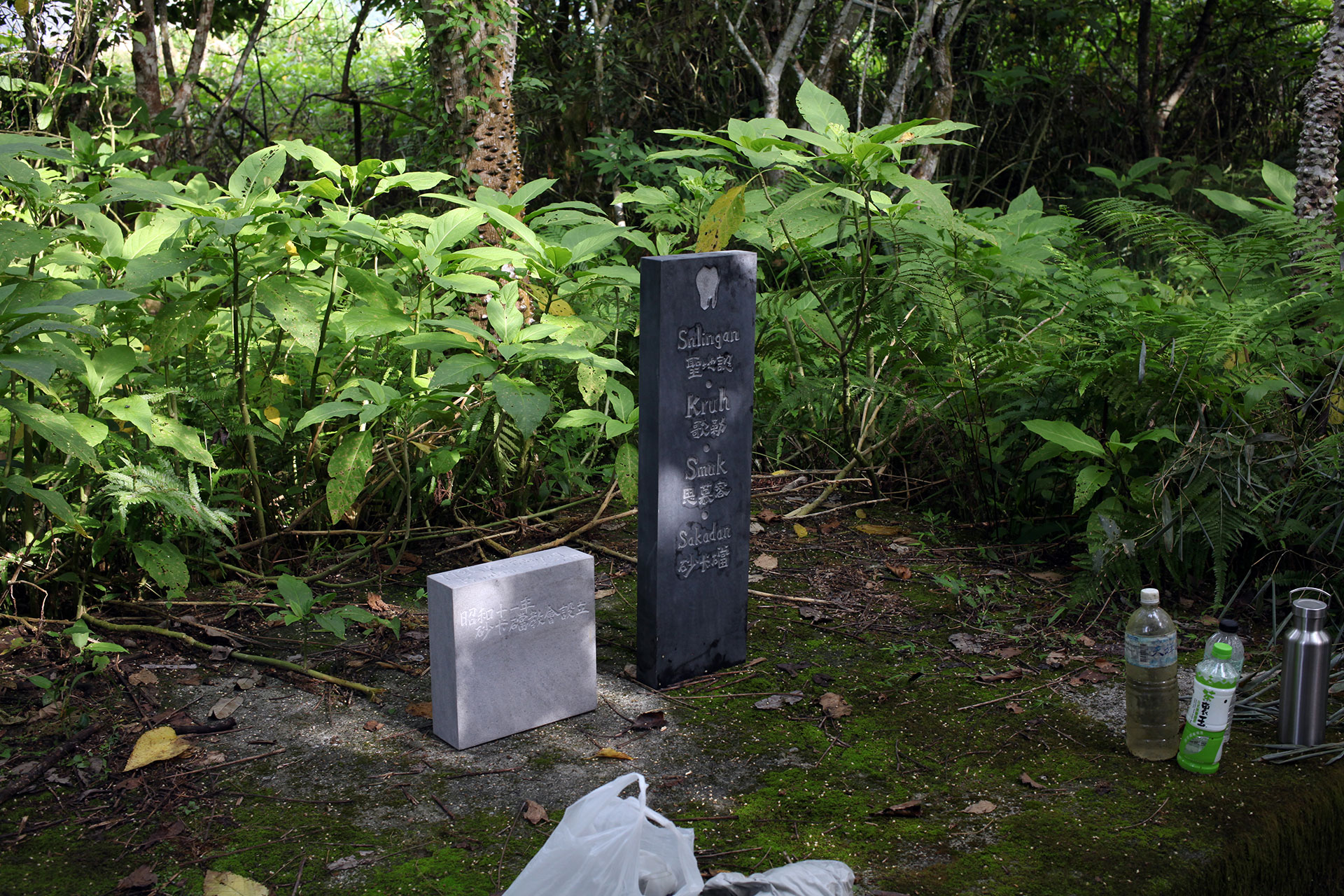
1936 Ka Pnhiyug Prnulan Skadang, Cheng-Te Chin
1936 Ka Pnhiyug Prnulan Skadang, Cheng-Te Chin

A Tree’s Insides and Outsides., Candice Jee
A Tree’s Insides and Outsides., Candice Jee

A Tree’s Insides and Outsides., Candice Jee
A Tree’s Insides and Outsides., Candice Jee
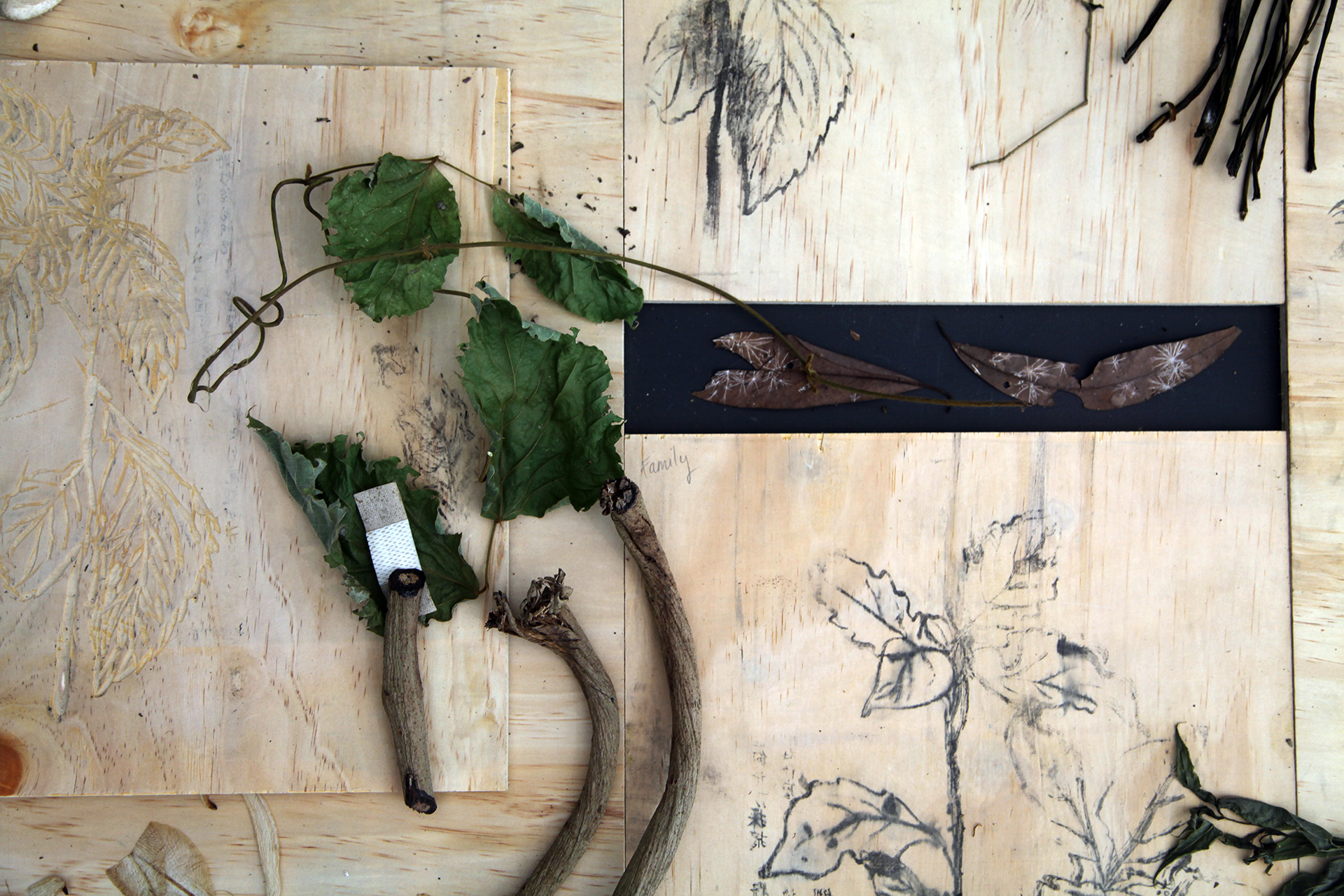
A Tree’s Insides and Outsides., Candice Jee
A Tree’s Insides and Outsides., Candice Jee

A Tree’s Insides and Outsides., Candice Jee
A Tree’s Insides and Outsides., Candice Jee

A Tree’s Insides and Outsides., Candice Jee
A Tree’s Insides and Outsides., Candice Jee

A Tree’s Insides and Outsides., Candice Jee
A Tree’s Insides and Outsides., Candice Jee

A Tree’s Insides and Outsides., Candice Jee
A Tree’s Insides and Outsides., Candice Jee

A Tree’s Insides and Outsides., Candice Jee
A Tree’s Insides and Outsides., Candice Jee

A Tree’s Insides and Outsides., Candice Jee
A Tree’s Insides and Outsides., Candice Jee
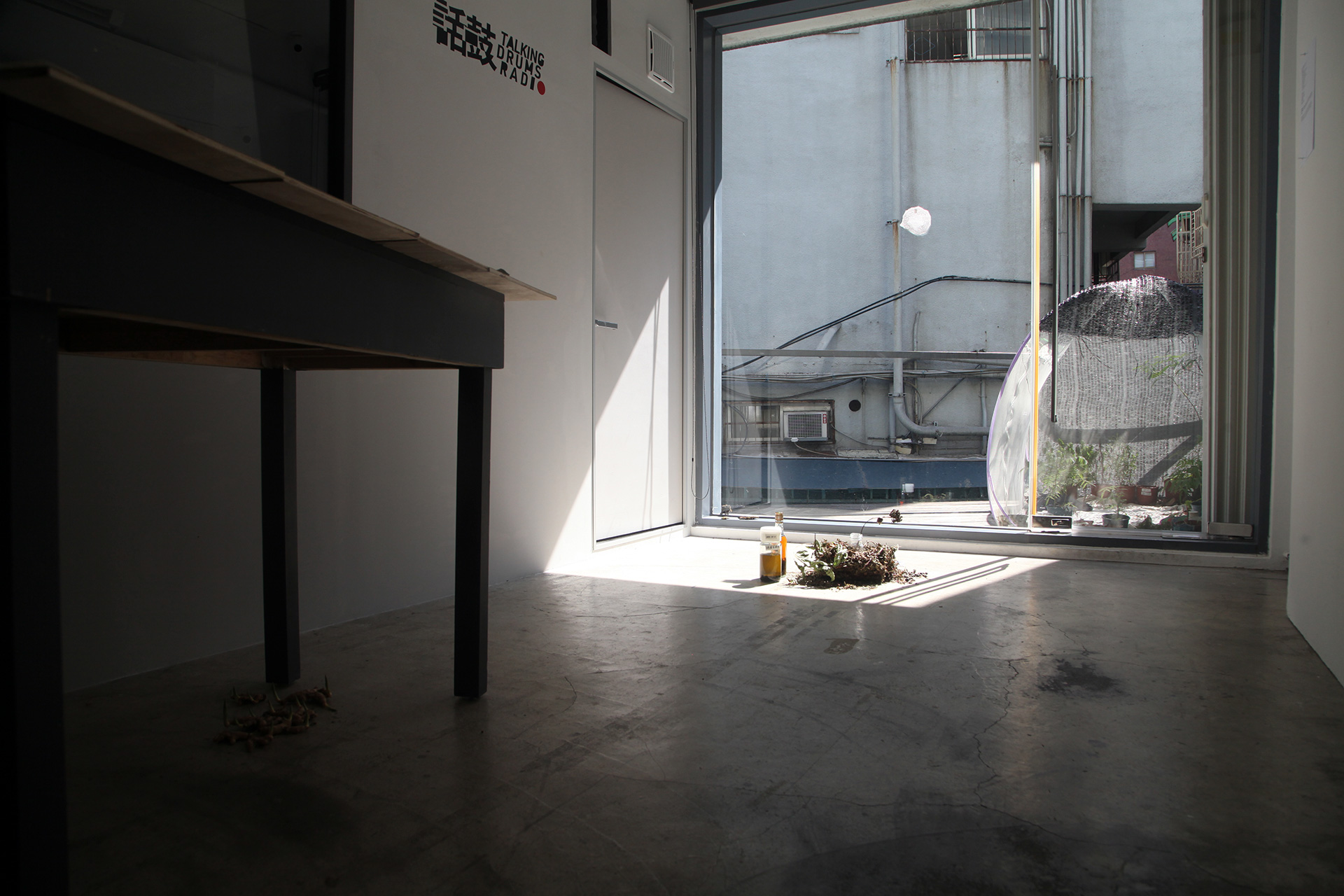
A Tree’s Insides and Outsides., Candice Jee
A Tree’s Insides and Outsides., Candice Jee

A Tree’s Insides and Outsides., Candice Jee
A Tree’s Insides and Outsides., Candice Jee

A Tree’s Insides and Outsides., Candice Jee
A Tree’s Insides and Outsides., Candice Jee



